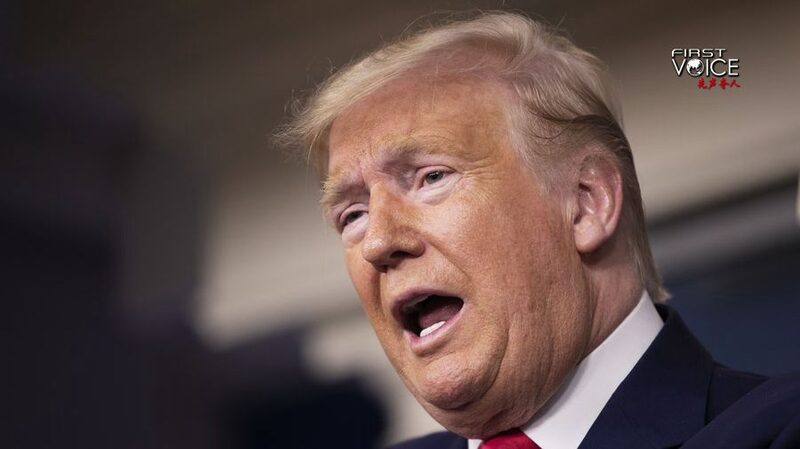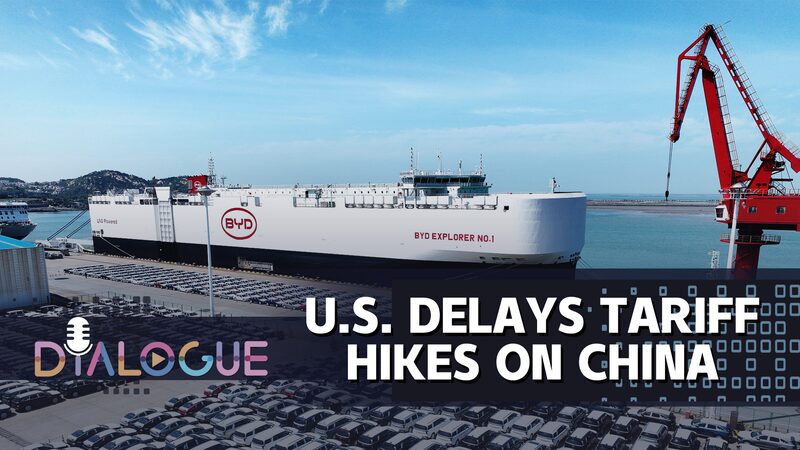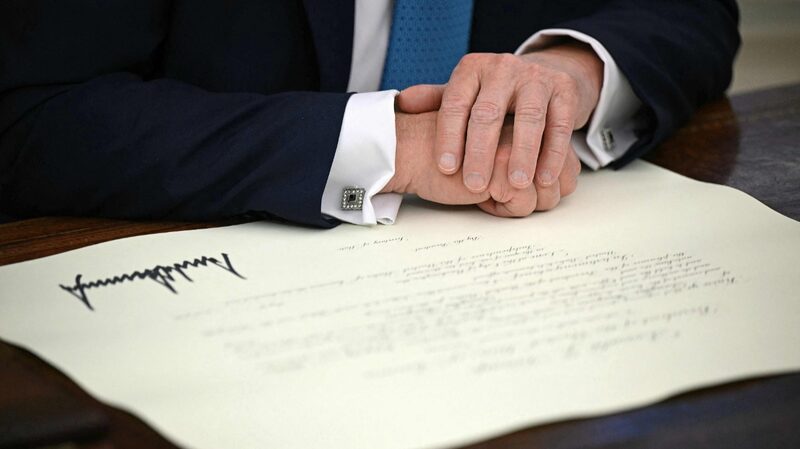In a bold move to restore \"fair\" and \"balanced\" trade, U.S. President Donald Trump signed a memorandum on Thursday directing his administration to explore the implementation of new reciprocal tariffs on every country that taxes U.S. imports. \"I think our country is going to be flooded with jobs,\" Trump stated following the signing.
The Trump administration has long viewed tariffs as a pivotal strategy to rejuvenate the U.S. economy. However, the anticipated outcomes may not align with these optimistic projections.
Contrary to the administration's expectations, the introduction of tariffs could potentially lead to job losses rather than gains. The competitive pricing of imported goods means that American manufacturers may face increased costs for raw materials and components necessary for production. This escalation occurs before products even reach the assembly line.
\"The supply chains involve shipping parts back and forth over the border five times, six times, seven times… If every time a part crosses the Canadian border it gets taxed at 25 percent, that will add up really quickly,\" warned Christopher Conlon, a professor of economics at New York University. He highlighted the financial strain tariffs on Canada could impose, illustrating the broader economic challenges.
Rising costs throughout the supply chain may compel American manufacturers to reduce production levels. This reduction inevitably leads to fewer shifts and an increased risk of job cuts. Additionally, the surge in production expenses is likely to be passed down to retailers and, ultimately, to consumers. This trend is already contributing to the ongoing struggle with inflation in the United States.
As these economic dynamics unfold, the global community watches closely, recognizing that U.S. trade policies have far-reaching implications beyond its borders. The interplay between domestic economic strategies and international trade relationships remains a critical area of focus for economists and policymakers alike.
Reference(s):
cgtn.com








